Support-Vector-
Support Vector Machines (SVM) are a powerful supervised machine learning algorithm primarily used for classification and regression tasks. They work by identifying a hyperplane that best separates data points of different classes in a high-dimensional space. The key concept behind SVM is the use of support vectors, which are the data points closest to the hyperplane and significantly influence its position. By maximizing the margin between these support vectors and the hyperplane, SVM effectively handles both linear and non-linear data distributions, making it a versatile tool in various applications, including image recognition and bioinformatics.
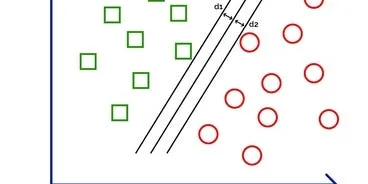
Support Vector Machine (SVM)
Support Vector Machine (SVM). Support Vector Machine (SVM) is a supervised classifier and is defined by a separating hyperplane. In other words, given a set of labeled….
📚 Read more at Analytics Vidhya🔎 Find similar documents

An Overview of Support Vector Machines
Support vectors are the data points in the dataset that are nearest to the hyperplane. Removing support vectors will alter the hyperplane separating the two classes as they strongly influence the…
📚 Read more at Towards AI🔎 Find similar documents

What is the Support Vector Machine (SVM)
Support Vector Machine (SVM) is a supervised machine learning algorithm. That can be employed for both classification and regression purposes. It uses a technique called the kernel trick to transform…...
📚 Read more at Analytics Vidhya🔎 Find similar documents
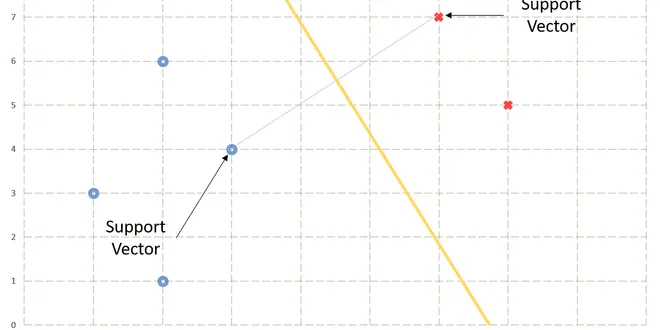
Support Vector Machine
Abbreviated as SVM, support vector machine learning algorithm is commonly used for classification problems. It gives us a better way to understand a non-linear decision boundary.
📚 Read more at Towards Data Science🔎 Find similar documents

Support vector machine (SVN)
A Support Vector Machine (SVM) is one of the widely used algorithms in Machine Learning. In the simple implementation, it looks similar to the linear regression but can be more precise in more…
📚 Read more at Analytics Vidhya🔎 Find similar documents
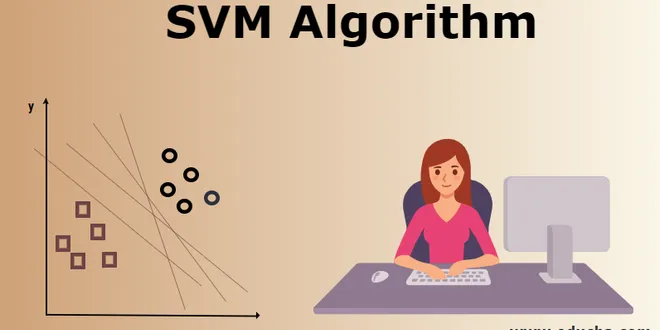
Support Vector Machines
In machine learning, support vector machines are supervised learning models with associated learning algorithms that analyze data used for classification and regression analysis. Given a set of…
📚 Read more at Analytics Vidhya🔎 Find similar documents

Support Vector Machine — Explained
Support Vector Machine (SVM) is a supervised machine learning algorithm which is mostly used for classification tasks. It is suitable for regression tasks as well. Supervised learning algorithms try…
📚 Read more at Towards Data Science🔎 Find similar documents
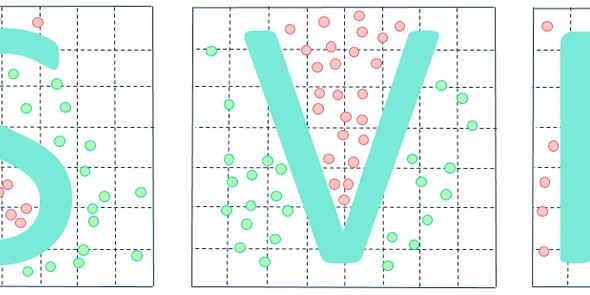
The Support Team — SVM
A Support Vector Machine (SVM) is a very powerful and versatile Machine Learning model. SVM can be used for classification or regression problem and outlier detection. It is one of the most popular…
📚 Read more at Towards Data Science🔎 Find similar documents
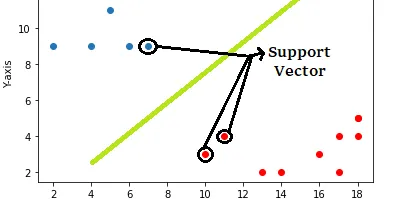
All About Support Vector Machine
This article will explore Support Vector Machine and try to answer the following question: * What is a Support Vector Machine? * What are the terminologies used in Support Vector Machine? * How does S...
📚 Read more at Towards AI🔎 Find similar documents
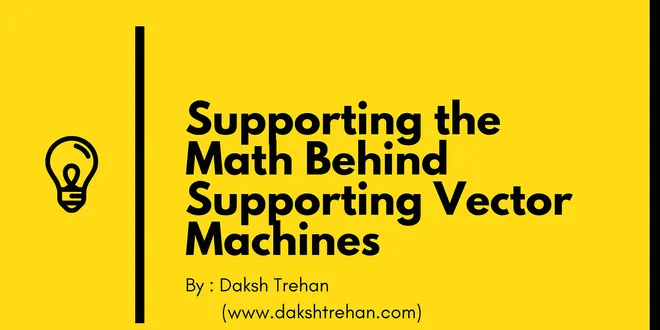
Supporting the Math Behind Supporting Vector Machines!
A support vector machine is another simple algorithm that every machine learning expert should have in his/her arsenal. SVM | Machine Learning | Deep Learning | PEGASOS| Outliers | Supervised Learning...
📚 Read more at Towards AI🔎 Find similar documents
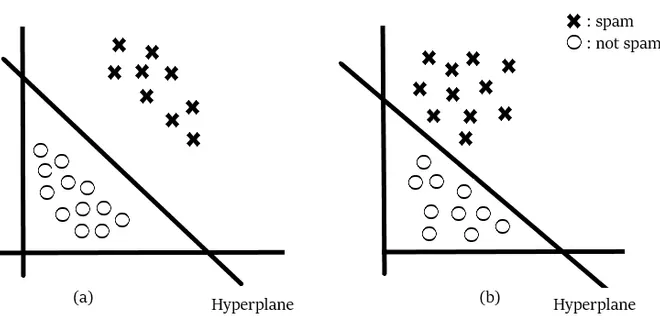
SUPPORT VECTOR MACHINES(SVM)
Support Vector Machine are perhaps one of the most popular and talked about machine learning algorithms.They were extremely popular around the time they were developed in the 1990s and continue to be…...
📚 Read more at Towards Data Science🔎 Find similar documents
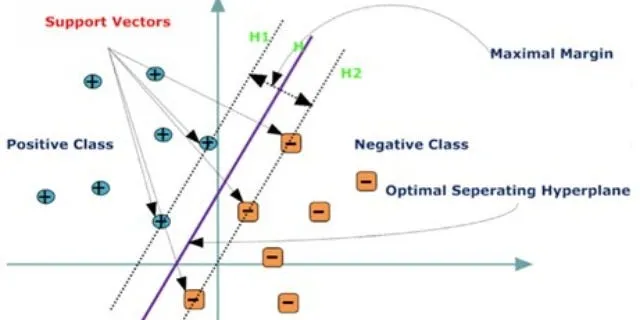
Support Vector Machine-Intuition validate with maths
Support Vector Machine is a supervised machine learning algorithm that tries to fit the optimal hyperplane between linearly separable data by maximizing the margin.
📚 Read more at Analytics Vidhya🔎 Find similar documents

